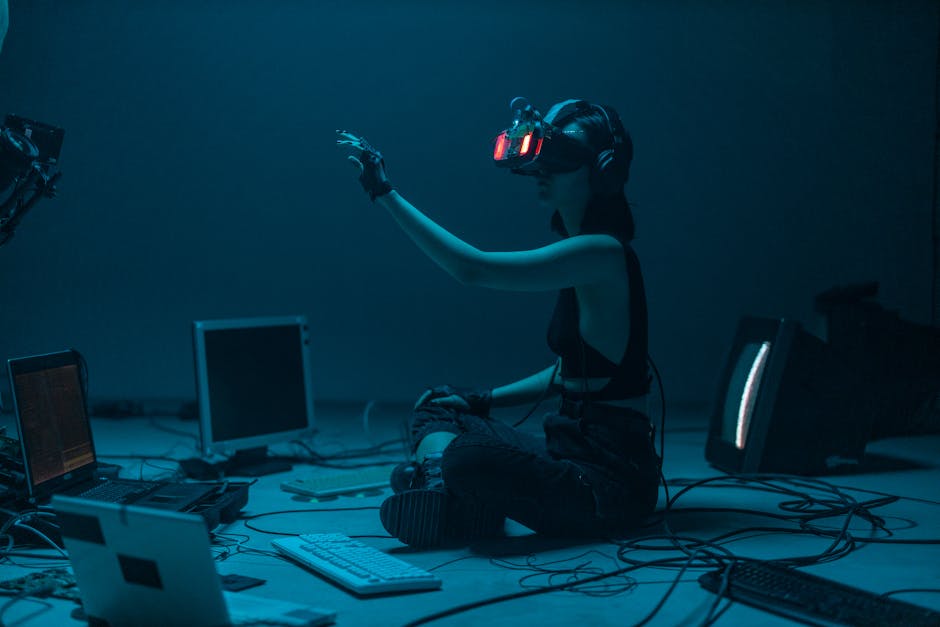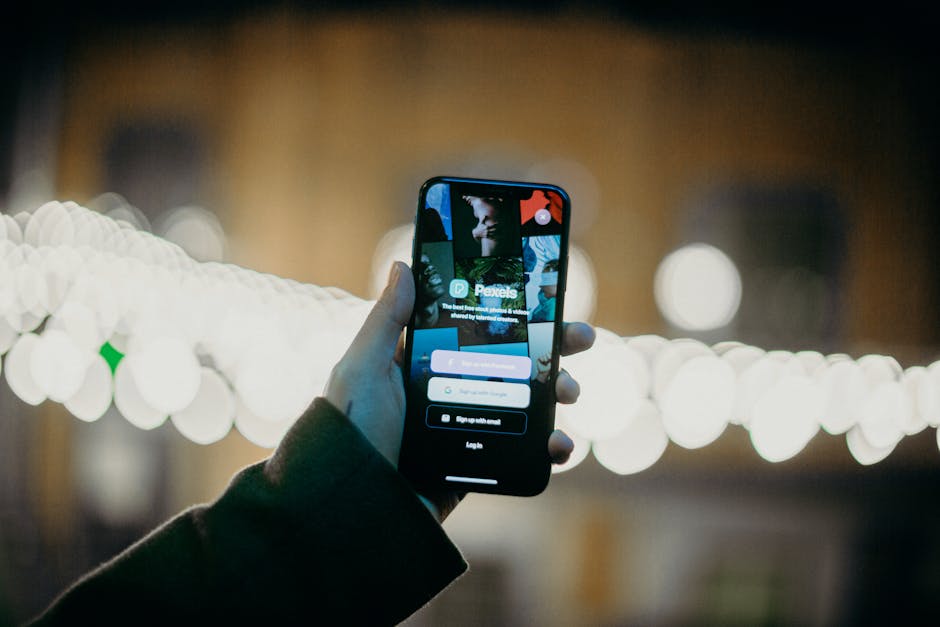Developing Software for Augmented and Virtual Reality
You’re about to embark on the exciting world of AR/VR development, where industries from gaming to healthcare are already leveraging these innovative technologies to revolutionise user experiences. First, you’ll need to understand the basics of AR and VR, from simple Snapchat filters to complex industrial training simulations. Next, you’ll choose the right development tools, considering factors like platform, budget, and desired level of immersion. Then, it’s time to design an immersive user experience, crafting a symphony of sensations that will leave users wanting more. Buckle up, because it’s about to get real – and really interesting.
Key Takeaways
• Identify project requirements, considering factors like platform, budget, and desired level of immersion to choose the right development tools.• Craft an immersive user experience by manipulating sensory inputs, psychological cues, and subtle interactions to engage users.• Develop optimisation strategies, such as streamlining code, compressing data, or leveraging multi-threading to overcome technical limitations.• Focus on user experience, creating an intuitive, seamless experience that adapts to evolving AR/VR technologies and stays agile to new developments.• Build a foundation that allows for modularity, enabling the swapping of components as new technologies emerge, ensuring a future-proof system.
Understanding AR/VR Technologies

AR and VR are two related but distinct technologies.
Augmented reality (AR) is a digital enhancement of the real world, adding virtual objects, sounds, or other sensory inputs to everyday life. AR applications can range from simple Snapchat filters to complex industrial training simulations.
Virtual reality (VR), on the other hand, is a fully immersive experience that transports users to a completely digital environment. This can be amazing for gaming, education, or therapy, but it also has limitations.
One significant limitation of VR is the need for a headset or other devices to fully experience it, which can be cumbersome, expensive, and even cause motion sickness.
In contrast, AR is more accessible, as users can experience it through their smartphones or tablets. However, AR applications are often less immersive and more focussed on practical uses like education, shopping, or navigation.
Understanding the differences between AR and VR is vital for developing effective software. By recognising the strengths and weaknesses of each technology, developers can create innovative solutions that cater to specific needs and preferences.
Choosing the Right Development Tools

With your AR/VR basics covered, it’s time to gear up with the right development tools, and the first step is to identify your project’s requirements, since the perfect toolkit depends on factors like platform, budget, and desired level of immersion.
You wouldn’t try to build a house with a toothpick, right? Similarly, you need the right tools for your AR/VR project.
When choosing your development tools, consider the level of complexity and the features you need. Do you want to create a simple AR filter or a fully immersive VR experience? Are you targeting mobile devices or high-end gaming PCs?
Your answers will guide your toolkit selection.
Tool integration is vital, so make certain your chosen tools play nicely together. You don’t want to waste time and resources on tools that don’t integrate seamlessly.
Next, crunch the numbers – literally. Perform a cost analysis to determine which tools fit your budget. Some tools might be free, while others require a hefty investment.
Lastly, consider the learning curve for each tool. You don’t want to spend weeks learning a new tool only to realise it’s not the best fit.
Designing Immersive User Experiences

Crafting an immersive user experience in AR/VR demands a deep understanding of how to manipulate sensory inputs, psychological cues, and subtle interactions to create an unforgettable journey. You’re not just building a tech demo; you’re crafting a symphony of sensations that’ll leave your users begging for more.
So, where do you start?
First, get to know your user personas inside and out. What’re their pain points, desires, and fears? What makes them tick? By understanding your users, you’ll be able to tailor your experience to their needs, making it more relatable and engaging.
Next, it’s time to storyboard your experience. This is where the magic happens! Storyboarding allows you to visualise the flow of your experience, identifying potential pain points and areas for improvement. Think of it as a blueprint for your AR/VR masterpiece.
Overcoming Technical Challenges

As you venture on the thrilling adventure of building an AR/VR experience, the harsh reality of technical limitations will inevitably rear its head, threatening to derail your creative vision.
Don’t worry, it’s not you, it’s just the tech. Well, mostly it’s the tech. Okay, fine, it’s a little bit you too. But seriously, overcoming technical challenges is an essential part of AR/VR development.
To avoid getting stuck in the mud, you’ll need to develop some savvy optimisation strategies. This might involve streamlining your code, compressing data, or leveraging multi-threading.
The goal is to squeeze every last drop of performance out of your hardware. Think of it as a fun game of ‘tech limbo‘ – how low can you go?
Of course, even with the best optimisation strategies, things can still go sideways. That’s where debugging techniques come in.
You’ll need to be a master detective, tracking down those pesky bugs and squashing them like the digital cockroaches they are. It’s not glamourous, but it’s essential.
So, grab your debugging toolkit and get ready to roll up your sleeves. With persistence and patience, you’ll be back to building your AR/VR masterpiece in no time.
Building for the Future of AR/VR

You’re about to venture on the most thrilling part of your AR/VR journey: building a foundation that’ll stand the test of time and technological advancements. This is where the rubber meets the road, and your AR/VR entrepreneurship skills are put to the test. As you set out on this journey, remember that the goal is to create a sustainable VR experience that’ll continue to thrive even as the tech landscape evolves.
To build a future-proof AR/VR foundation, modularity matters. Design your system to be modular, allowing you to swap out components as new tech emerges. This will allow your AR/VR experience to stay current without requiring a complete overhaul.
Focus on user experience. Remember that the user is at the heart of your AR/VR experience. Focus on creating an intuitive, seamless experience that’ll keep users coming back for more.
Stay agile. The AR/VR landscape is constantly evolving. Stay ahead of the curve by staying agile and open to new developments and innovations.
Conclusion
You’ve reached the finish line, and now it’s time to put on your AR/VR developer’s hat and change the game!
Building immersive experiences is like being a master chef, combining ingredients in innovative ways to create something truly magical.
As you venture on this journey, remember that the future of AR/VR is yours to shape – so go ahead, get creative, and serve up something truly unforgettable!
Contact us to discuss our services now!

